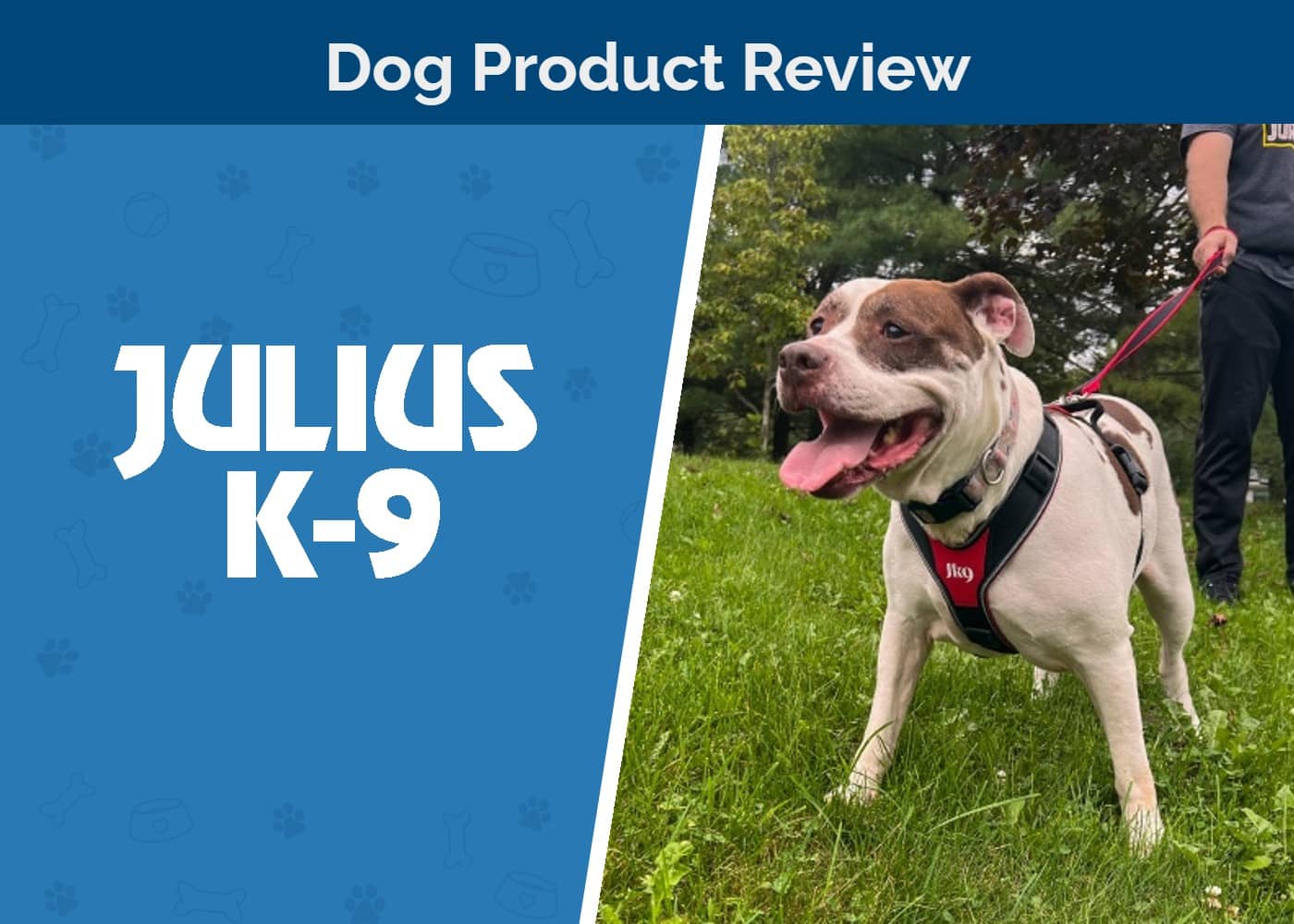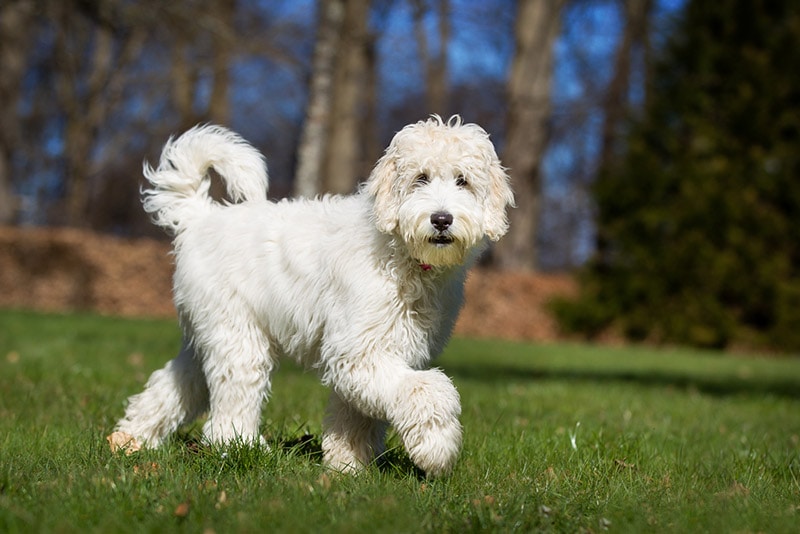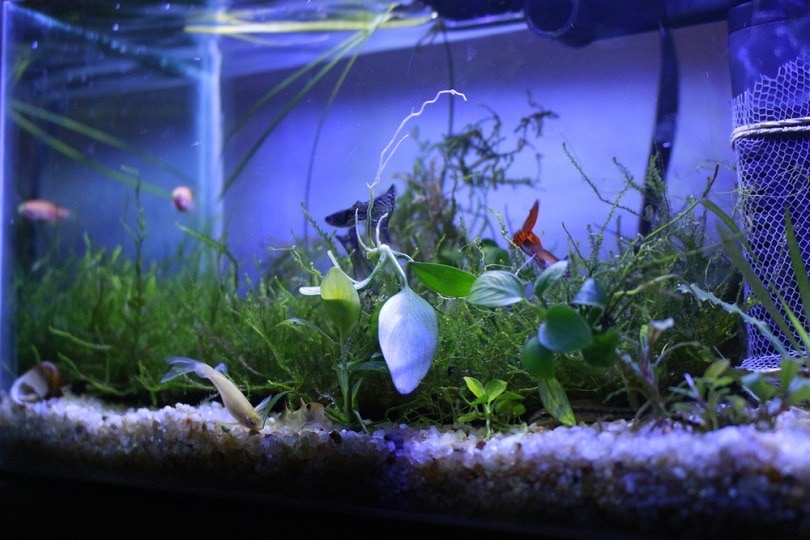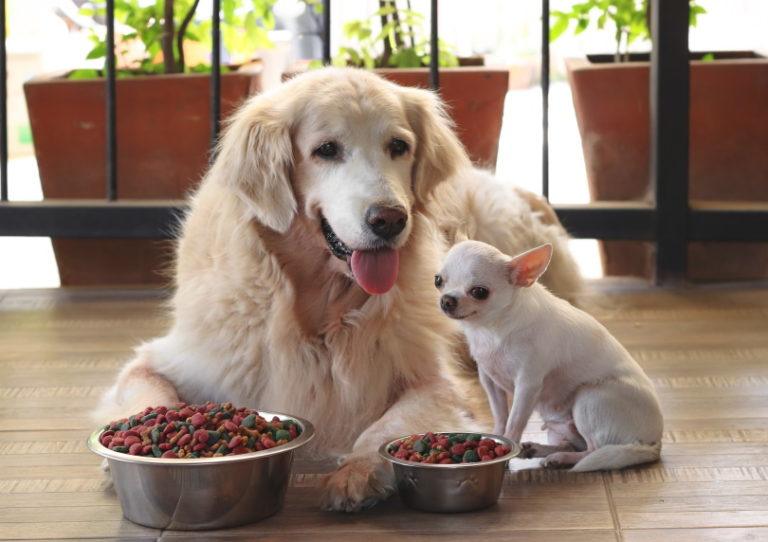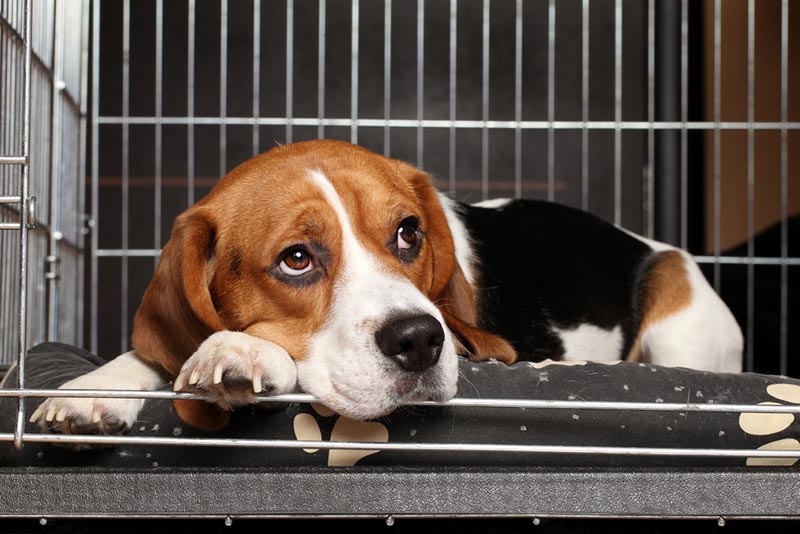Why Does My Dog Drool in the Car? 4 Vet Approved Reason & Traveling Tips
By Ed Malaker
Updated on
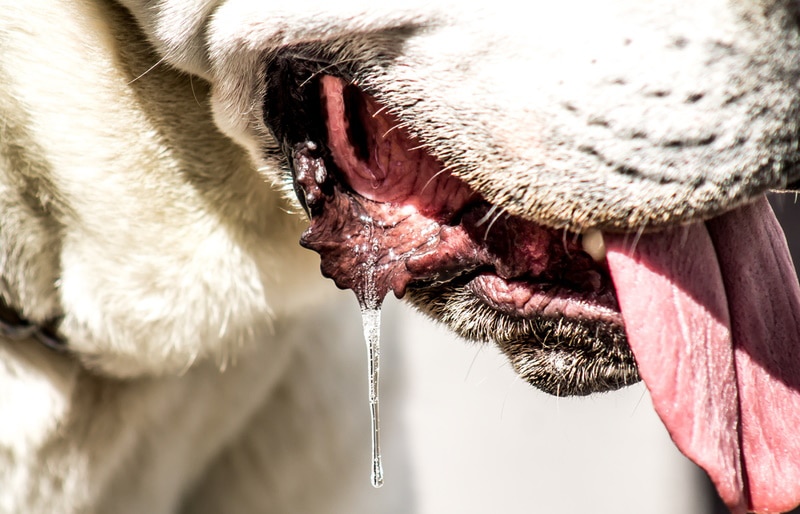
Many dogs drool, and it can be an especially common occurrence with Saint Bernards, Bulldogs, Great Danes, and similar dog breeds. For many owners, though, their dog’s drooling gets much worse when they are riding in the car. This is typically because the dog is excited, but they could also have motion sickness. If this happens to your dog, keep reading for other possible explanations, along with tips that might help reduce this behavior so you both can have a better time on your adventures.
The 4 Reasons Why Your Dog Drools More Than Usual in the Car
1. Motion Sickness

One of the primary reasons for excessive drooling during car rides is motion sickness. Dogs can experience discomfort and nausea when subjected to the jostling and movement of a moving vehicle, and the nausea causes drooling.
- There is medication specifically designed to alleviate your dog’s motion sickness. You can discuss this with your vet, alongside desensitization techniques. If your dog has difficulty with car rides due to motion sickness, it’s best to have them travel on an empty stomach, which means no food for approximately 4 to 6 hours before. Less movement will reduce the likelihood of motion sickness, you can consider using a crate or a seat belt. Darkening the side windows may also help to force them to look in a forward direction. Keeping the car cool can also help, and you can bring along a favorite toy or piece of clothing to help them feel more comfortable. Distracting them with games and songs can help keep them more relaxed and may take their mind off being on the road.
2. Anxiety and Stress
Dogs are creatures of habit, and changing their routine or environment can induce stress and anxiety. Car rides can be intimidating for some dogs, especially if they associate them with unpleasant experiences like visits to the veterinarian or if they haven’t gotten used to them yet, which can result in drooling. Other signs of stress and anxiety can include trembling, panting, and quivering. They may also try to avoid getting into the car.
- To reduce stress-induced drooling, gradually acclimate your dog to car rides. This is called desensitization, and it’s also another way to address motion sickness. Start with gradually introducing your dog to the car when it’s parked and turned off. Follow this with short trips, and create positive associations with the car by offering treats and praise.
3. Excitement
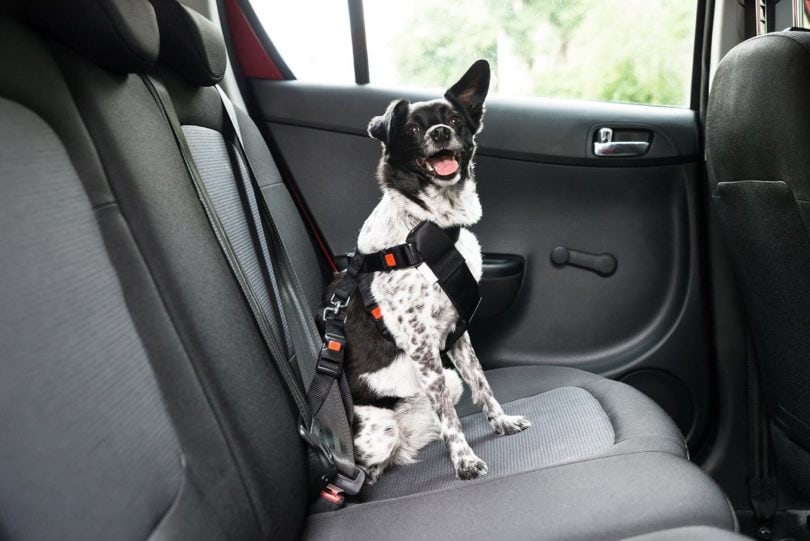
One of the most likely reasons behind excessive drooling in the car is excitement. Many dogs may become overly enthusiastic about car rides, and their bodies may react by producing more saliva, resulting in excessive drool. You will also likely see plenty of tail wagging, and the dog will move quickly from window to window, trying to see everything.
- While excitement-induced drooling is usually harmless, you can manage it by ensuring that your dog is well-hydrated before the ride and keeping them cool and comfortable during the journey. It might also help to take them for a walk or play with them for a while before the car ride so they can burn off excess energy. You can also try to train them to stay still in the car, which might help them from getting too excited, and reward them with treats and praise when they behave.
4. Heat-Related illness
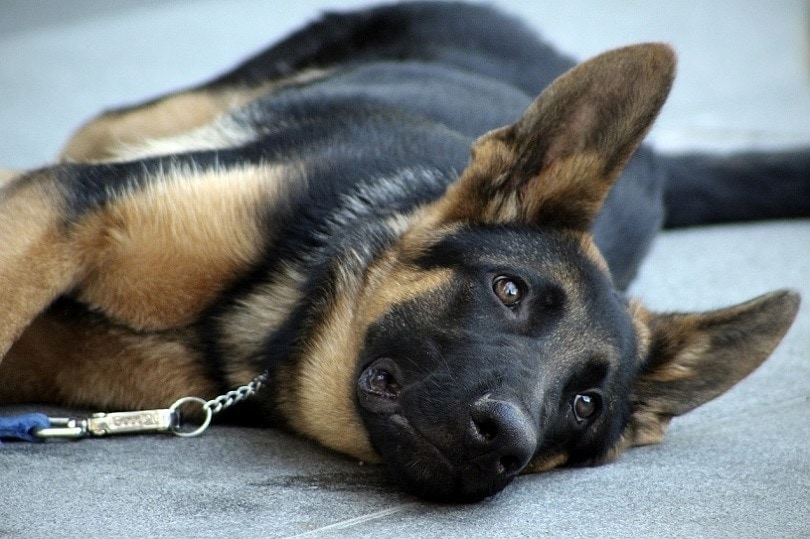
Unfortunately, the elevated temperatures that can occur in a vehicle can cause a dog to suffer from heat-related illness, from heat exhaustion to heat stroke. Both situations can cause drooling, but other signs will also be obvious. Heatstroke is an extremely dangerous situation that can occur in only a few minutes when the car is too hot, and it can also result in collapse or even death.
- The best way to prevent your pet from getting heat exhaustion and heat stroke is to avoid allowing them to enter a vehicle until it has had time to air out and to never leave them inside the car unattended, even if you are planning to be away for 5 minutes. You never know how long you may be delayed and the consequences can be fatal. Monitor your dog closely for signs of them getting too warm, provide them with plenty of fresh water to keep them hydrated, and always allow ventilation.
Frequently Asked Questions
Can I Use Medication to Prevent My Dog From Getting Motion Sick in the Car?
Yes. Medications are available to help your dog with motion sickness in the car. You can discuss this option with your vet to ensure that it’s the best alternative. There are also desensitization techniques that you can consider with your vet, depending on your dog’s specific needs.
Is It Safe to Let My Dog Stick Their Head Out of the Car Window During a Ride?
No. Allowing your dog to put their head out of the car window can be unsafe. It exposes them to debris and potential hazards and can lead to ear and eye injuries despite their fast reflexes. Keeping your dog secured inside the vehicle during the ride is always highly recommended.
Can I Use Calming Products or Supplements to Help My Dog Relax During Car Rides?
Definitely. Various calming products and supplements are available for dogs that can help reduce anxiety and stress during car rides. Some of the ingredients used for this purpose include alpha-casozepine, passiflora, souroubea, platanus, or other natural ingredients to help some dogs feel more relaxed during the ride. Consult your veterinarian to find the right product and dosage for your dog.
How Can I Make Car Rides a More Enjoyable Experience for My Dog in the Long Term?
To make car rides enjoyable for your dog for the long term, focus on desensitization, positive reinforcement, and creating positive associations with the car. Consistency, patience, and gradual exposure will help your dog become more comfortable, and many dogs look forward to going in the car once they get used to it.
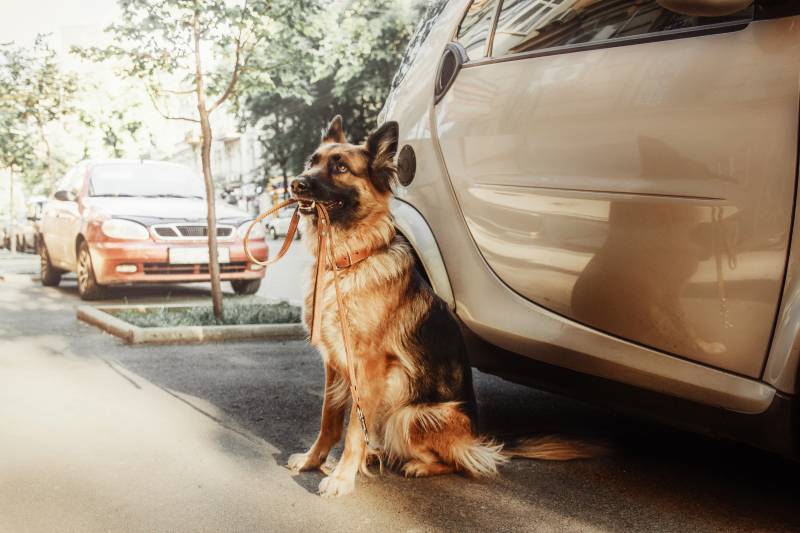
Summary
Most dogs drool excessively in the car because they are excited to go for a ride. It’s a real joy for many pets, and few things are more exciting, so the drooling always seems to get out of control. Positive reinforcement training can help keep them calm in the car so they don’t get so excited, which might reduce the amount of drool. The thrill might wear off as they age, and with less excitement comes less drool.
Dogs can also drool due to motion sickness, anxiety, and heat-related illness, so it’s important to watch your dog carefully, especially if they don’t seem excited. And never leave them unattended, as it only takes a few minutes to reach deadly temperatures.
Featured Image Credit: Vladimir Konstantinov, Shutterstock


